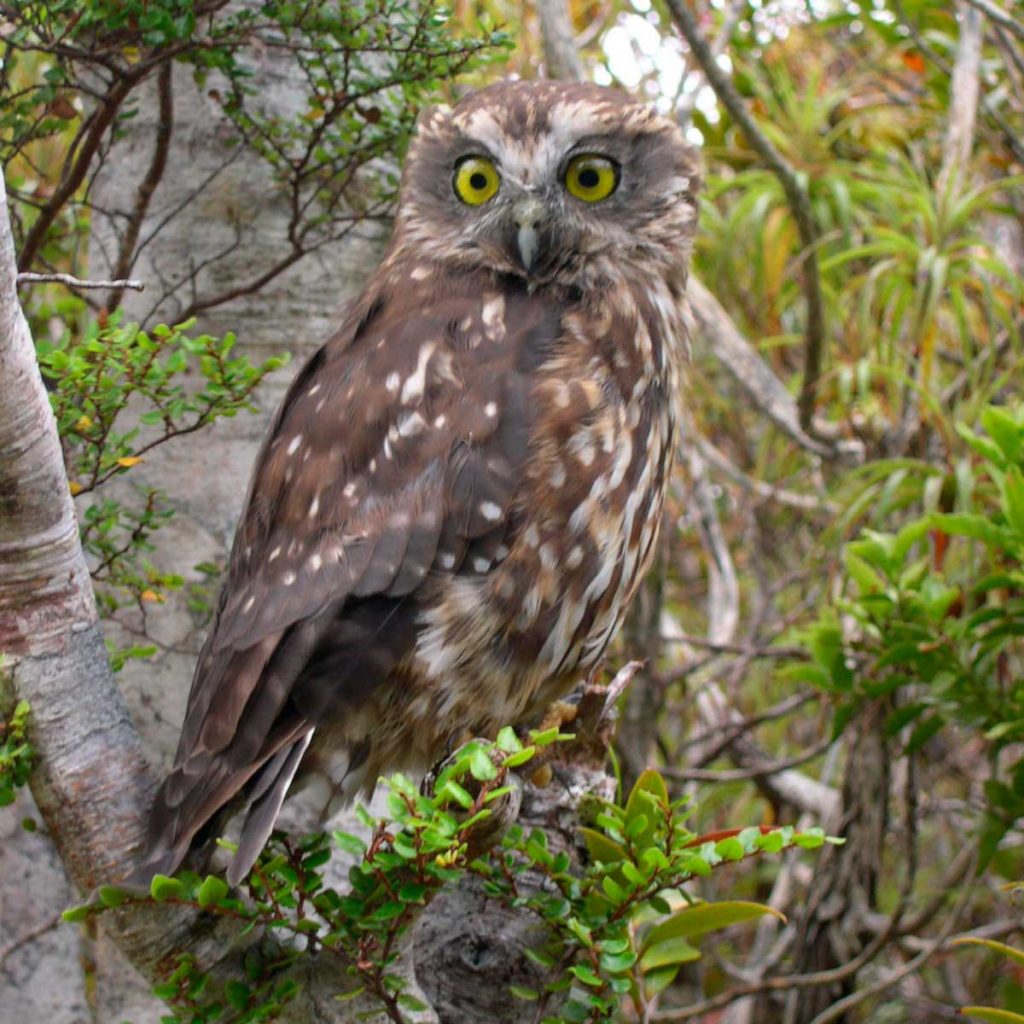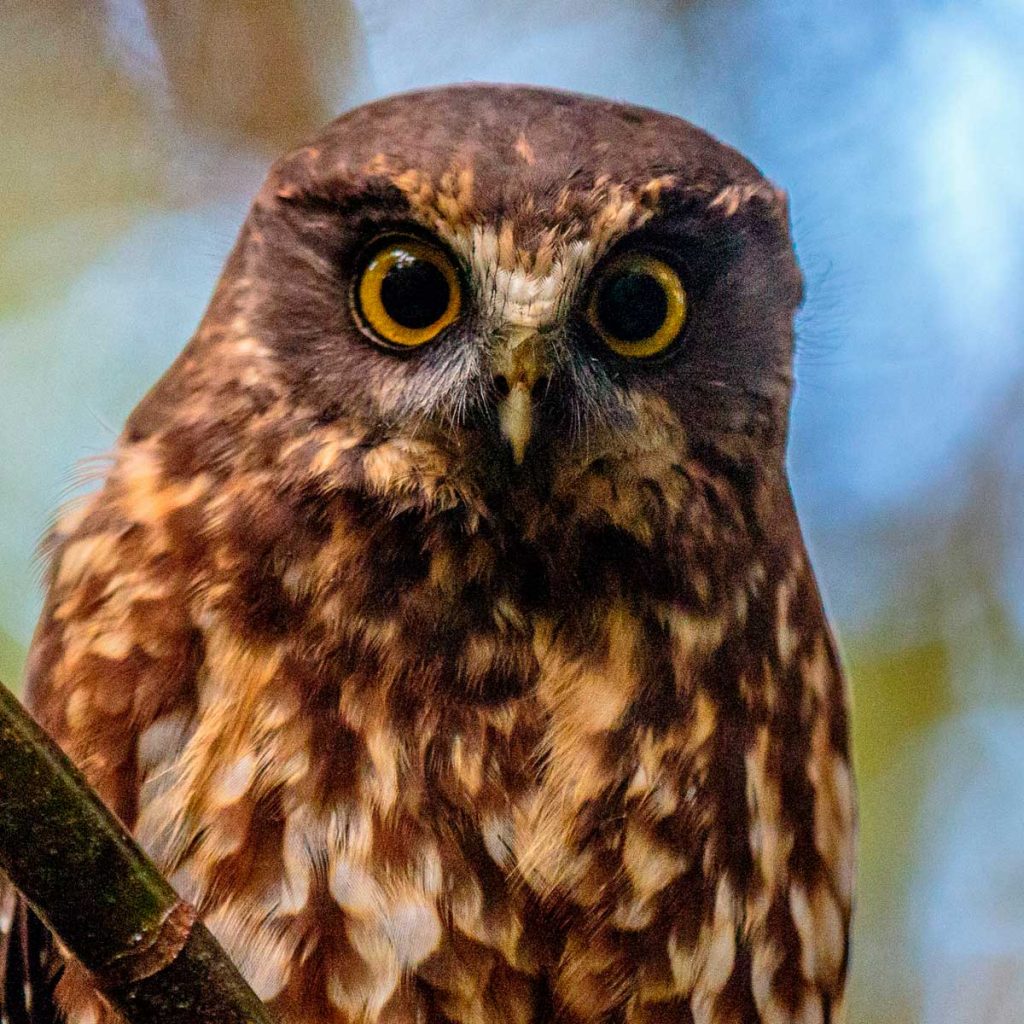
Birds / Morepork
Information for Juniors
Morepork
- The morepork is New Zealand’s only surviving native owl
- They are relatively common throughout NZ
- They can be found in native and exotic forests and farmland
- Its distinctive “more-pork” call is commonly heard at night
- Unmistakably owl-like in appearance, with wide flat face and large yellow eyes
- The underside is a lighter buff colour
- The legs are feathered legs down to the yellow feet
- Moreporks breed in spring and summer
- They build their nests in cavities or the forks of live or dead trees
- Normally 1 to 3 eggs are incubated by the female
- Incubation takes about 25 days, and chicks leave the nest when about 7 weeks old
- Both adults feed the young
- Their main hunting times are late evenings and early mornings, with brief bursts of activity through the night
- Their food consists of large insects such as huhu beetles, moths and caterpillars, spiders, grasshoppers and wetas, small birds, rats and mice
What does it sound like?


Information for Junior Secondary
Morepork
- The morepork is New Zealand’s only surviving native owl
- They are relatively common throughout NZ
- They can be found in native and exotic forests, farmland, and within some urban parks and gardens
- Its distinctive “more-pork” call is commonly heard at night in many urban parks and well-vegetated suburbs
- Unmistakably owl-like in appearance, with wide flat face and large yellow eyes
- Morepork reach about 29 cm in length and weight about 175 grams
- Their backs are dark brown, spotted and barred. The underside is a lighter buff colour. The legs are feathered legs down to the yellow feet
- Moreporks breed in spring and summer
- They build their nests in cavities or the forks of live or dead trees, in nest boxes put up for other species, logs on the ground, or within a hole in an earth bank
- Normally 1 to 3 eggs are incubated by the female. Incubation takes about 25 days
- Chicks leave the nest when about 7 weeks old Both adults feed the young
- They are nocturnal and their main hunting times are late evenings and early mornings, with brief bursts of activity through the night
- Their diet consists of large invertebrates such as huhu beetles, moths and caterpillars, spiders, grasshoppers and wetas, small birds, rats and mice
What does it sound like?


Information for Senior Secondary
Morepork
- The morepork is New Zealand’s only surviving native owl
- Order Strigiformes, family Strigidae
- There are 4 species in NZ
- They are relatively common throughout NZ.
- They can be found in native and exotic forests, farmland, and within some urban parks and gardens
- Its distinctive “more-pork” call is commonly heard at night in many urban parks and well-vegetated suburbs
- Unmistakably owl-like in appearance, with wide flat face and large yellow eyes
- Morepork reach about 29 cm in length and weight about 175 grams
- Their backs are dark brown, spotted and barred. The underside is a lighter buff colour. The legs are feathered down to the yellow feet
- Has a small, sharply hooked, black beak
- Their flight feathers are serrated or combed for silent flight
- Moreporks breed in spring and summer
- They build their nests in cavities or the forks of live or dead trees, in nest boxes put up for other species, logs on the ground, or within a hole in an earth bank
- Normally 1 to 3 eggs are incubated by the female. Incubation takes about 25 days
- Chicks leave the nest when about 7 weeks old. Both adults feed the young
- Prone to predators while nesting, cats, opossums, rats, and stoats
- They are nocturnal and their main hunting times are late evenings and early mornings, with brief bursts of activity through the night
- Their diet consists of large invertebrates such as huhu beetles, moths and caterpillars, spiders, grasshoppers and wetas, small birds, rats and mice
What does it sound like?


NZ Morepork Activities
- What is distinctive about the Moreporks song?
- What is the Morepork’s favourite food and where is it found?
- Draw and colour the bird’s wing
- Why are the tips of the feathers like a comb?
- Find out how the Morepork protects its young
- Is the Morepork population growing in NZ?
- Should we encourage Morepork numbers grow in the park?
- Why is the beak shaped as it is
